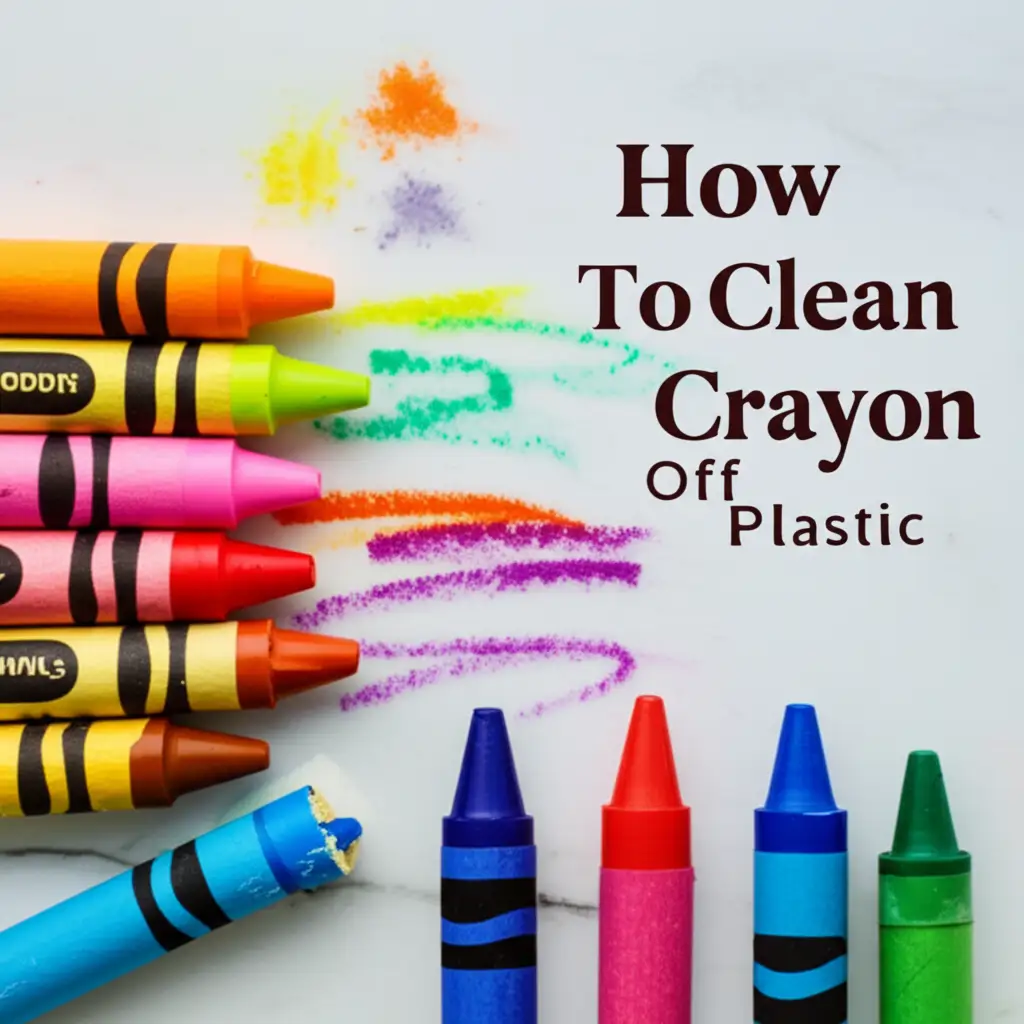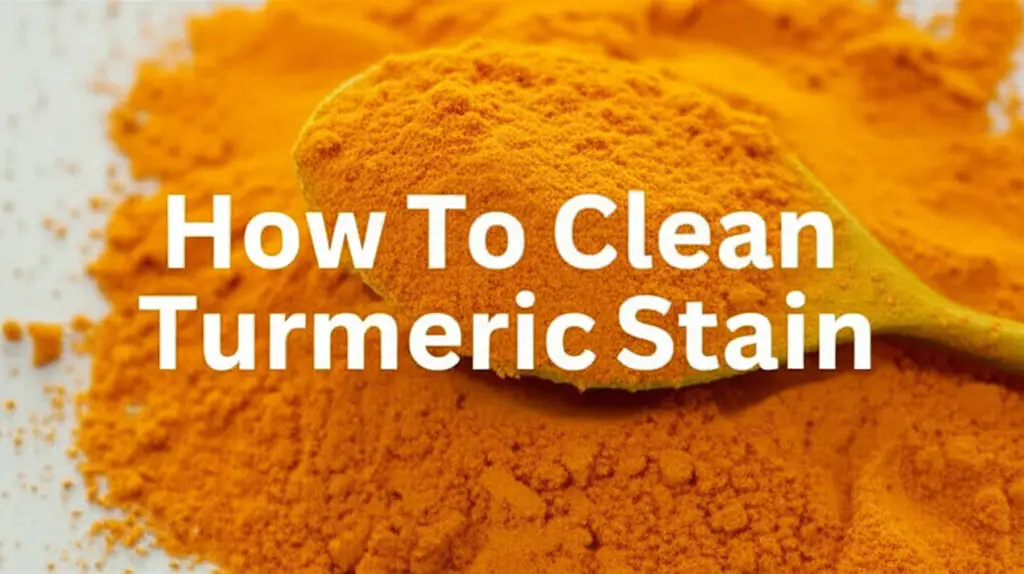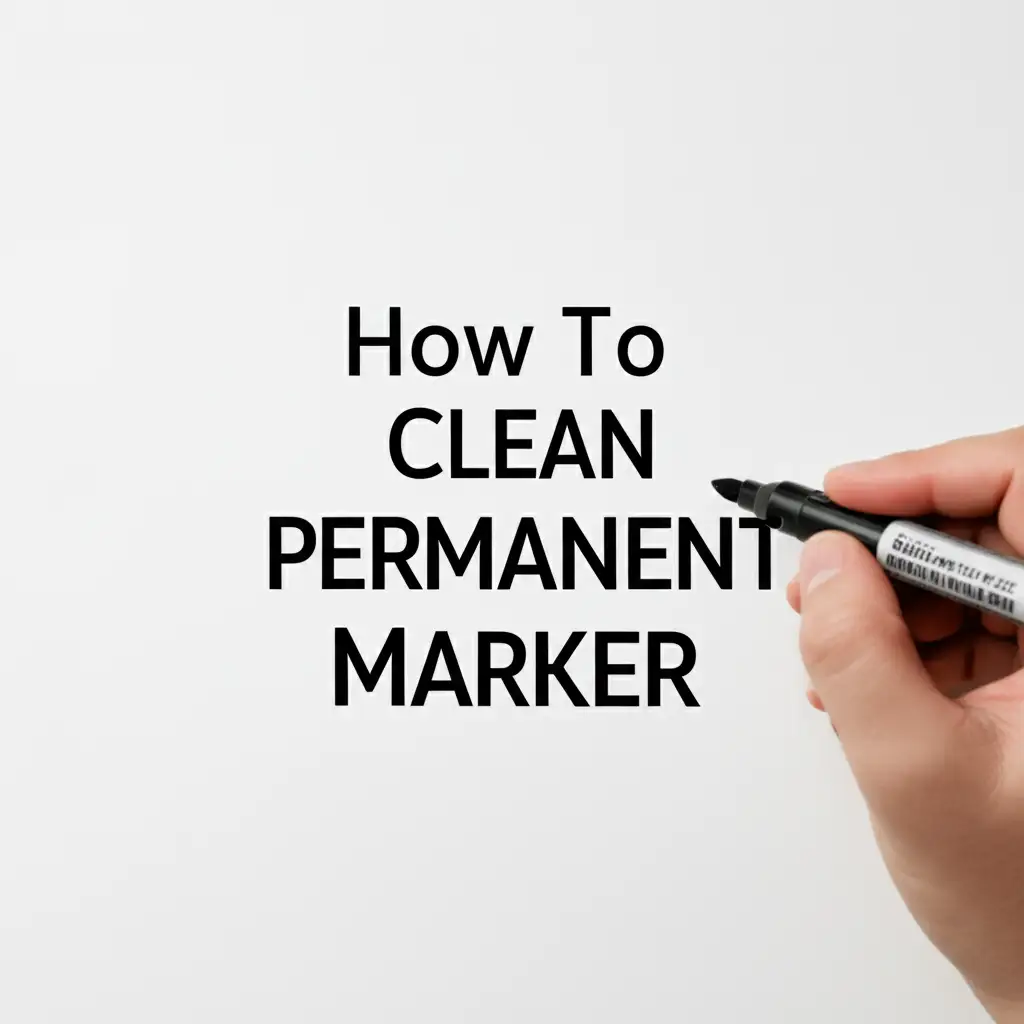· Stain Removal · 18 min read
How To Clean Coffee Stains

Beat Coffee Stains: Your Ultimate Cleaning Guide
We have all been there. You are enjoying your morning coffee, perhaps rushing out the door, and then it happens. A spill. That dark, rich liquid spreads across your pristine carpet, favorite shirt, or wooden table. Coffee stains are notorious for their stubborn grip. They can seem like a permanent mark of your clumsy moment. But do not worry. You do not need to live with them.
Cleaning coffee stains effectively saves your belongings. It brings back their original look. This guide shares proven methods to remove coffee stains from almost any surface. We will cover fabric, hard surfaces, and even your coffee gear. You will learn the best tools to use and simple steps to follow. Get ready to banish those stubborn coffee marks for good.
Takeaway
- Act quickly for best results on fresh coffee stains.
- Gather necessary cleaning supplies before you start.
- Blot, do not rub, to prevent spreading the stain.
- Test cleaning solutions on a hidden area first.
- Choose specific methods for different material types.
To clean coffee stains, you must act fast. Blot the fresh spill with a clean cloth. Then, apply a gentle cleaning solution suitable for the surface. Rinse the area and blot dry. Repeat these steps as needed until the stain disappears.
The Science of Coffee Stains and Why They Happen
Coffee stains look simple, but they involve a bit of science. Coffee contains tannins. These are natural dyes found in many plants. Tannins give coffee its dark color and strong flavor. When coffee spills, these tannins bond with the fibers of the material. This bonding creates the visible stain. The longer coffee sits, the stronger this bond becomes. This makes old stains harder to remove.
Different types of coffee can also affect the stain. Dark roasts have more tannins. This means they often leave darker stains. Cream and sugar in coffee also change the stain’s nature. Cream adds fat, which creates a greasy residue. Sugar leaves a sticky mark. Understanding these elements helps us choose the right cleaning approach.
Why Quick Action Helps Remove Coffee Stains
Time is your biggest ally when dealing with coffee stains. When a spill happens, the liquid has not fully set into the material. The tannins are still on the surface. They have not deeply penetrated the fibers. This means you can often lift the majority of the liquid. You can blot it away before it bonds permanently.
Delay allows the coffee to dry. It gives tannins time to bind tightly to the material. This makes the stain harder to extract. Fresh stains often require simple blotting and a mild cleaner. Old stains need more effort and stronger solutions. Acting fast reduces the work you must do later. It also increases your chance of full stain removal.
Essential Tools and Supplies for Coffee Stain Removal
Having the right tools makes cleaning coffee stains much easier. You do not need many special items. Most of what you need is likely already in your home. These simple supplies help you tackle most spills effectively. Being prepared saves time and stress.
First, always have clean, white cloths or paper towels ready. These are essential for blotting. White materials prevent color transfer to your stained item. You also need a small bowl or bucket for mixing solutions. A soft brush or an old toothbrush can help work cleaners into tough spots. Some common household cleaners are also very useful.
DIY vs. Commercial Cleaners for Coffee Stains
You have options when choosing a cleaning agent. Many effective solutions use common household ingredients. These are often gentler on materials. They are also budget-friendly. For example, white vinegar, baking soda, and dish soap are cleaning powerhouses. These DIY options work well for fresh and many set-in stains. They are safe for most surfaces.
Commercial stain removers are another choice. These products are specifically formulated to break down stains. They often contain enzymes or strong detergents. These can be very effective on stubborn or old stains. Read the label carefully before using commercial cleaners. Make sure they are safe for your specific material. Always test any cleaner on a hidden spot first. This step ensures it will not cause damage or discoloration.
Here are some common supplies you may need:
- Clean, white cloths or paper towels
- Spray bottle (optional, for applying solutions)
- Small bowl
- Mild dish soap (Dawn is a good choice)
- White vinegar
- Baking soda
- Rubbing alcohol
- Hydrogen peroxide (for light-colored fabrics only)
- Enzyme cleaner (for organic stains like coffee)
- Ammonia (diluted, for specific stains/surfaces, use with caution)
- Borax (optional)
Cleaning Coffee Stains from Fabric: Carpet, Upholstery, Clothing
Fabric is a common victim of coffee spills. From your living room carpet to your favorite shirt, these materials soak up liquid fast. The key is to act quickly. Different fabrics need slightly different care. You must match the cleaning method to the fabric type. This helps prevent damage.
Always start by blotting the fresh spill. Use a clean, white cloth. Press firmly to absorb as much liquid as possible. Do not rub the stain. Rubbing pushes the coffee deeper into the fibers. It also spreads the stain. Work from the outside of the stain inward. This keeps the stain from getting bigger.
Removing Coffee Stains from Carpet and Upholstery
Coffee spills on carpet and upholstery are common. The method is similar for both. First, blot the stain well. Mix one tablespoon of liquid dish soap with two cups of cool water. Apply a small amount of this solution to a clean cloth. Gently blot the stain. Do not soak the area.
Keep blotting with a clean part of the cloth. You should see the stain lifting onto the cloth. You can also mix one tablespoon of white vinegar with two cups of water for stubborn spots. Blot this solution onto the stain. Rinse the area by blotting with a damp cloth. Finish by blotting dry. For very set-in stains on upholstery, an enzyme cleaner might be needed. These products break down organic material. For more specific cleaning tasks, such as removing stubborn marks from your mattress, you might find useful tips on how to clean stains from a mattress.
How to Clean Coffee Stains from Clothing
Your clothes often catch coffee spills. For clothing, remove the item as soon as possible. Rinse the back of the stain with cold water. This helps push the coffee out of the fabric. Next, apply a small amount of liquid laundry detergent directly to the stain. Gently rub it in with your fingers. Let it sit for 5-10 minutes.
You can also make a paste of baking soda and a little water. Apply this to the stain. Let it sit. For white or colorfast items, hydrogen peroxide can help with stubborn stains. Dilute it with water first. Test it on a hidden seam. Apply and let it sit for a few minutes. Then, wash the item as usual. Always check the stain before drying. Drying a stained item can set the stain permanently. For delicate fabrics like suede, specific care is vital. Discover methods on how to clean suede stains to protect your cherished items.
Removing Coffee Stains from Hard Surfaces: Counters, Floors, Wood, Plastic, Marble
Hard surfaces often seem easier to clean than fabric. They do not absorb liquids as quickly. But coffee stains can still leave marks if not cleaned fast. Different hard surfaces also need different care. Using the wrong cleaner can damage the finish. Always consider the material before applying a solution.
Start by wiping up the fresh spill immediately. Use a damp cloth or paper towel. For most hard surfaces, a simple wipe does the job if the spill is fresh. If the coffee has dried, you will need a bit more effort. Avoid abrasive scrubbers on delicate surfaces like marble or polished wood. They can scratch.
Cleaning Coffee Stains from Wood and Laminate Surfaces
Wood surfaces add warmth to any home. But they are vulnerable to coffee rings and spills. For fresh stains on sealed wood, wipe them up at once. Use a clean, damp cloth. Then, dry the area completely. For dried coffee stains on wood, mix equal parts white vinegar and olive oil. Apply a small amount to a clean cloth. Rub the stain gently in the direction of the wood grain. The vinegar helps lift the stain, and the oil helps condition the wood. Wipe off any excess. For detailed guidance on specific wood issues, you can refer to how to clean stains on wood.
Laminate floors or countertops are more resistant than real wood. Wipe up spills immediately. For dried stains, a mixture of mild dish soap and warm water usually works. Use a soft cloth. Do not use too much water. Avoid harsh chemicals or abrasive cleaners. These can damage the laminate finish.
Tackling Coffee Stains on Plastic and Concrete
Plastic items, like containers or outdoor furniture, can show coffee stains. For plastic, a solution of baking soda and water often works wonders. Make a thick paste. Apply it to the stain. Let it sit for 15-30 minutes. Then, scrub gently with a sponge or a soft brush. Rinse thoroughly. For persistent marks, a little rubbing alcohol on a cotton ball can help. You can find more targeted methods for various plastic items by exploring how to clean stains on plastic.
Concrete is very porous. It absorbs liquids easily. Coffee stains on concrete can be tough. For fresh spills, blot up as much as possible. Then, pour a little baking soda directly on the wet stain. Let it sit to absorb the liquid. Sweep it away. For old stains, mix baking soda with a little dish soap and water to make a paste. Apply the paste to the stain. Let it sit for several hours or overnight. Scrub with a stiff brush. Rinse well with water. You might need to repeat this process. For more comprehensive approaches to concrete issues, see how to clean stains from concrete.
Removing Coffee Stains from Marble and Other Stone
Marble, granite, and other natural stone surfaces are beautiful but delicate. They are also porous. This makes them prone to staining. Never use acidic cleaners like vinegar or lemon juice on marble. These can etch the stone. For fresh coffee stains, wipe them up immediately with a soft, damp cloth.
For dried stains on marble, make a poultice. Mix baking soda with a small amount of hydrogen peroxide to form a thick paste. Apply this paste over the stain, about 1/4 inch thick. Cover the paste with plastic wrap and tape the edges down. Let it sit for 12-24 hours. The poultice will draw the stain out of the stone. Remove the plastic wrap and the dried paste. Rinse the area with clean water. Dry and polish as usual. This method can also work for other stone types. For specific care details for marble, look into how to clean stains on marble.
Tackling Coffee Stains from Mugs, Pots, and Makers
Coffee equipment sees coffee every day. Naturally, it develops coffee stains. These stains are usually from coffee oils and tannins building up over time. They look like dark brown or black residue. Cleaning these items regularly prevents heavy staining. But even with good care, stains can appear. Luckily, these stains are often simple to remove.
The type of coffee equipment dictates the best cleaning method. Ceramic mugs, glass pots, and plastic components all react differently. Always check your appliance manual for specific cleaning instructions. Some coffee makers have self-cleaning cycles. Using the right cleaner keeps your coffee tasting fresh. It also extends the life of your equipment.
How to Clean Coffee Stains from Mugs and Thermos
Coffee mugs and thermoses get stained easily. The constant contact with hot coffee leaves a dark ring or film. For ceramic or glass mugs, baking soda is your best friend. Sprinkle a little baking soda inside the stained mug. Add a few drops of water to make a paste. Use a sponge or a soft brush to scrub the paste around the stained areas. The gentle abrasive action of baking soda lifts the stains away. Rinse the mug well. This method is effective and safe. Learn more specific ways to clean your mug by reading how to clean coffee mug.
For coffee thermoses, the opening can be narrow. This makes scrubbing difficult. Fill the thermos with hot water. Add two tablespoons of baking soda. You can also add a splash of white vinegar for extra power. Let this mixture sit for at least an hour, or even overnight. The solution will work to dissolve the stains. Pour out the solution. Rinse the thermos thoroughly with clean water. A bottle brush can help scrub any remaining bits. For thermos care, including odor removal, check out how to clean coffee thermos.
Cleaning Coffee Stains from Coffee Pots and Makers
Coffee pots, whether glass carafes or stainless steel, collect coffee residue. For glass pots, add a cup of ice, two tablespoons of salt, and a slice of lemon to the pot. Swirl the mixture around. The ice and salt act as abrasives. The lemon cuts through oils and smells. Dump the mixture and rinse well. For stainless steel pots, a solution of white vinegar and water can remove mineral and coffee stains. Fill the pot with equal parts water and white vinegar. Let it sit for 30 minutes, then scrub and rinse. For detailed cleaning of your coffee pot, you can refer to how to clean coffee pot.
Coffee makers also get stained internally. Hard water minerals combine with coffee oils. This creates a challenging residue. You can clean most coffee makers with vinegar. Fill the water reservoir with equal parts white vinegar and water. Run a brewing cycle halfway. Turn off the machine and let it sit for 30 minutes. Then, complete the brewing cycle. Follow with two or three cycles of plain water to rinse it out. This method cleans internal parts. It also removes mineral buildup. For specific cleaning guides on popular models, check out how to clean drip coffee maker or learn how to clean coffee maker with baking soda. If you have a Cuisinart, you might want to look into how to clean Cuisinart coffee maker. For Ninja coffee maker owners, how to clean ninja coffee maker offers specific steps.
Advanced Tips for Stubborn and Old Coffee Stains
Sometimes, coffee stains refuse to leave. This is especially true for old stains. They have had time to set deeply into the material. But do not lose hope. There are stronger methods you can try. These methods require more care. Always test them in an hidden spot first. This prevents damage to your item.
Old stains often need more than one treatment. Be patient. Repeat the cleaning process if needed. Some materials are more delicate than others. Always research your material before using strong chemicals. Your goal is to remove the stain without harming the item.
Tackling Old Coffee Stains on Fabrics
For old, stubborn coffee stains on colorfast fabrics, you can try stronger solutions. Hydrogen peroxide is a good option for white or light-colored fabrics. Mix one part hydrogen peroxide with ten parts water. Apply to the stain with a clean cloth. Let it sit for 10-15 minutes. Blot the area with clean water. Repeat if necessary. Remember, hydrogen peroxide can bleach colors. So, test it first.
Another strong option is borax. Make a paste with borax and water. Apply it to the old stain. Let it sit for 30 minutes. Scrub gently with an old toothbrush. Rinse thoroughly. This can be effective on carpets or sturdy upholstery. For really tough, dried-in stains on clothing, you can soak the item in an enzyme-based pre-soak product before washing. These products break down organic compounds. Follow the product instructions carefully.
Dealing with Persistent Stains on Hard Surfaces
Old coffee stains on hard surfaces might need a more abrasive approach. But be careful. You do not want to scratch the surface. For ceramic tiles or porcelain, a paste of baking soda and a little bleach (for white surfaces only!) can work. Apply the paste and let it sit for an hour. Scrub with a non-abrasive pad. Rinse well. Bleach can damage grout and some finishes. Use it with caution.
For stone surfaces like granite (not marble!), a mixture of equal parts rubbing alcohol and water can sometimes lift old stains. Apply with a soft cloth. Blot gently. Do not rub. Always rinse the area after. If the stain remains, consider calling a professional cleaner. They have specialized tools and chemicals for tough stains on delicate surfaces. Professional cleaning ensures your valuable items remain safe.
Preventing Future Coffee Stains: Best Practices
The best way to deal with coffee stains is to prevent them. A little care and forethought can save you a lot of cleaning effort. Accidents happen, of course. But you can minimize their impact. Simple habits make a big difference. These practices protect your belongings from future spills.
Developing good habits around your coffee consumption is key. This includes where you drink your coffee. It also means how you handle your cup or pot. Thinking ahead reduces the chance of spills. Prevention is always easier than cleaning.
Smart Habits to Avoid Spills
Choose the right mug. A wide, stable mug is less likely to tip over. Travel mugs with secure lids are perfect for on-the-go. These lids prevent splashes and full spills. Avoid placing your coffee cup near the edge of tables or desks. Keep it in a secure spot where bumps are less likely. Use coasters, especially on wood or porous surfaces. Coasters catch drips and prevent ring marks.
When carrying hot coffee, pay attention. Walk carefully. Do not rush. If you have to carry many things, put your coffee down first. Then, pick it up once you are stable. Avoid drinking coffee in areas where spills would be very damaging. For example, do not drink coffee while working over important documents. Also, clean your coffee equipment regularly. This prevents residue buildup that could lead to clogs or overflow. Consider how to clean your coffee filter to maintain cleanliness. Knowing how to clean your coffee grinder helps keep your coffee system running smoothly and prevents unexpected issues.
Protecting Your Surfaces and Fabrics
Consider protective measures for your belongings. For furniture, use fabric protectors. These sprays create a barrier on the material. They make it harder for liquids to soak in. Spills will bead up on the surface. This gives you more time to wipe them away. Always test fabric protectors on a hidden area first. This checks for discoloration.
For carpets, place rugs in high-traffic coffee areas. These rugs can catch spills. They are often easier to clean or replace than a whole carpet. On hard surfaces, use placemats or table runners. These add a layer of defense. They protect countertops and tables from direct contact with spills. If you have children or pets, spills are more common. Take extra precautions in areas they frequent. These small steps can save you from big cleaning jobs.
FAQ Section
Can coffee stains be removed completely?
Yes, most coffee stains can be removed completely. The success depends on how quickly you act. Fresh stains are much easier to remove than old, dried ones. The type of surface also plays a role. Porous materials hold stains more tightly.
Does baking soda clean coffee stains?
Yes, baking soda is effective for cleaning coffee stains. It works as a mild abrasive and odor absorber. You can make a paste with baking soda and water. Apply it to the stain, let it sit, then scrub gently. This method works well on fabric and many hard surfaces.
Is vinegar good for coffee stains?
Yes, white vinegar can help clean coffee stains. Its mild acidity helps break down coffee pigments. Mix equal parts white vinegar and water. Blot this solution onto the stain. Vinegar is particularly useful on fabrics and for descaling coffee makers.
How do you remove old coffee stains from white clothes?
For old coffee stains on white clothes, hydrogen peroxide is a good option. Mix one part hydrogen peroxide with ten parts water. Apply it to the stain and let it sit for 10-15 minutes. Rinse and wash as usual. Always test on a hidden area first.
What removes coffee stains instantly?
For instant coffee stain removal, blotting quickly with a clean, dry cloth is key. For a fresh spill, a quick wipe with a damp cloth often works on hard surfaces. For fabrics, a dab of liquid dish soap applied immediately can start to break down the stain.
Are coffee stains permanent?
Coffee stains are not usually permanent if treated promptly. If a stain is left to dry and set for a long time, it becomes much harder to remove. In some cases, very old stains on delicate or porous materials might leave a faint shadow.
Conclusion
Coffee spills are an inevitable part of life for many of us. But a coffee stain does not have to be a permanent fixture. You have learned many ways to tackle these common marks. The key message is simple: act fast. A quick response often means the difference between a minor cleanup and a lasting mark.
Remember to identify the surface type before you start cleaning. Choose the right tools and solutions. From absorbent cloths to simple household cleaners like baking soda and vinegar, you have the power to restore your items. Take these methods and apply them. You will keep your home and belongings looking their best. Do not let coffee stains spoil your day. Take action, and enjoy your next cup worry-free.
- coffee stains
- stain removal
- cleaning hacks
- home cleaning
- DIY cleaning
- fabric cleaning
- carpet cleaning




